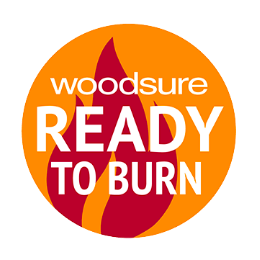Relevant legislation
As well as it being compulsory for a stove to have a CE mark, from 1st January 2022 all wood burning and multi-fuel stoves and fireplaces that are manufactured will have to adhere to strict new guidelines known as Ecodesign.
All clearSkies appliances have had all their emission and efficiency performance data in respect of their Ecodesign compliance and CE mark verified, and the manufacturers have self-certified to clearSkies that they have complied with all other aspects of Ecodesign and CE mark compliance.
Appliance efficiency
Appliance efficiency is another key consideration – this is the amount of heat that is delivered to the room. The good news is that along with significantly lower emissions, clearSkies stoves and fireplaces are much more efficient than older stoves. A key benefit of having a high efficieny stove is that it will cost you less to run as your will get more heat from fewer logs.
Installation
Your local independent retailer will also be able to advise you on the installation of your new stove and chimney system. Installation should be via an appropriately qualified installer, registered under a recognised competent persons scheme (eg: HETAS, OFTEC, NAPIT, APHC). A competent person can ensure and certify the safe installation of the stove or fireplace in compliance with the appropriate building regulations. This really isn’t a DIY job, but if you do have the skills to tackle it yourself, then it is a requirement to get your installation inspected and approved by your local Building Control department.


